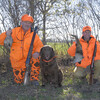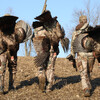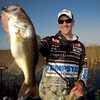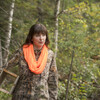
Deer Hunting in Sunset Country
Back in the early 2000s when I started to get interested in deer hunting, the deer population was really starting to explode across the Sunset Country Region. You could walk any ridge or drive through a logged area and almost always see a few deer, it was pretty easy. The reality is, most of us didn’t know how good we had it.
deer hunting in sunset country: The last 20 years
By 2004, a few of my fishing friends from Minnesota who were knowledgeable deer hunters were starting to spend a lot of time hunting up around Dryden and Kenora and having some success. My friends and I were starting to put a lot more time and effort into deer hunting as well. We would usually hunt really hard during the rut time frame, getting on a ridge, taking some rattling antlers, and going on a hike. We rattled in dozens of nice bucks back then.
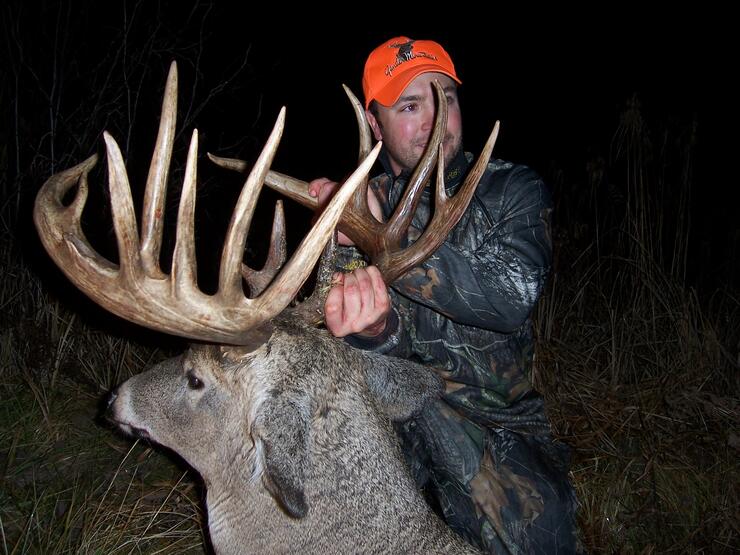
Right around this time, we were getting our first trail cameras, which still used a roll of film that you would be able to get maybe 36 photos with at a time. Could you imagine, if you put a trail camera out, it would fill up in a day at that time then you would have to take the film in and get it developed? There was a lot of excitement when you got the envelope full of photos to look through though. After a season of that, we finally started to get cameras that you could put an SD card into, and that changed everything. These cameras revealed that there was a bunch of trophy deer out there that most people never got to see.
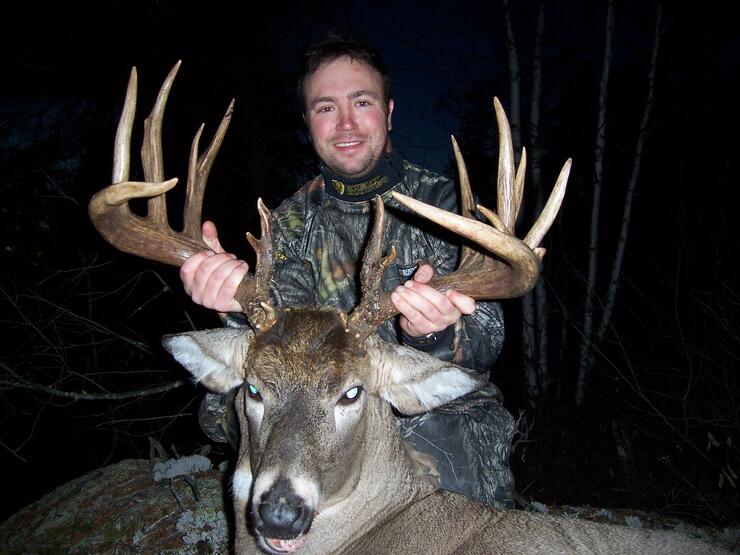
My guiding experience for whitetails started by helping out a couple of my friends for a year or two before finally landing my first guests in 2005. This may have been around the peak in the deer numbers across the region. I literally owned three tree stands so I would often drop a guy at one of the stands that best suited the wind that particular day and then take another hunter with me to walk and rattle along ridges. It worked out well because I think nearly everybody got a nice buck in my early years. In 2005 I saw the two biggest deer that I have ever had my hands on, a 196” 18-point giant that one of my guests was lucky to run into while it was chasing a doe and a 200”+ gross scored non-typical that my good pal Dave Bennett harvested while we were moose hunting of all things. It was also the year that the famous big buck was poached in the Dryden area. Sunset Country was making a name for itself as a place to visit for trophy whitetails.
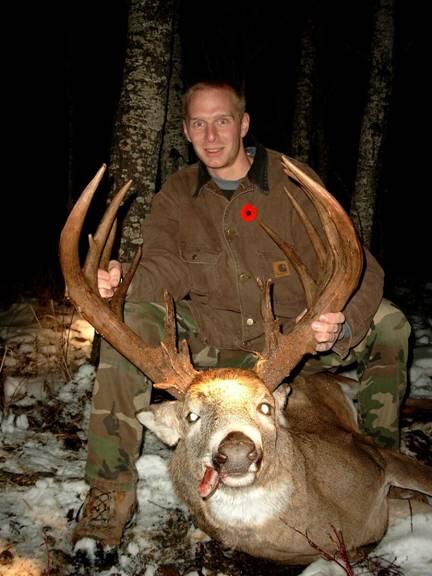
Up until around 2010, deer hunting remained World-class with hunters coming from all over North America to sample our big woods hunting. The region is unique in that it contains vast amounts of public land to hunt. With an ATV, a boat, or a canoe, hunters could access remote areas where many deer had likely never seen a human before. It is believed that during this time, our whitetail population reached the highest levels they ever have across the region. It was a combination of mild winters and natural events like a large spruce budworm infestation in the early ’90s which killed a bunch of spruce trees that in turn produced a moss that deer loved to eat once these trees were on the ground.
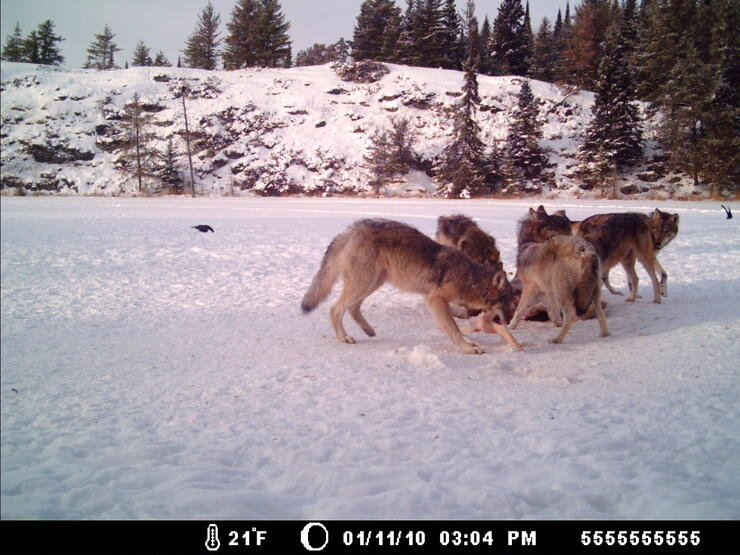
One of the reasons Northwest Ontario became popular with hunters as it is one of the only areas in all of North America where non-residents can hunt without a guide or an outfitter. This filled camps and resorts to the point where it was tough to find a place to stay during late October and November. Many hunters hired guides but many did their own thing. It’s believed that the hunting pressure got to be a little bit high across the region, combined with an explosion in the wolf population because of the high deer numbers and a few tough winters consecutively that all contributed to the decline in the overall population of deer, starting with the 2010-2011 winter.
The Future of the deer hunt in Ontario
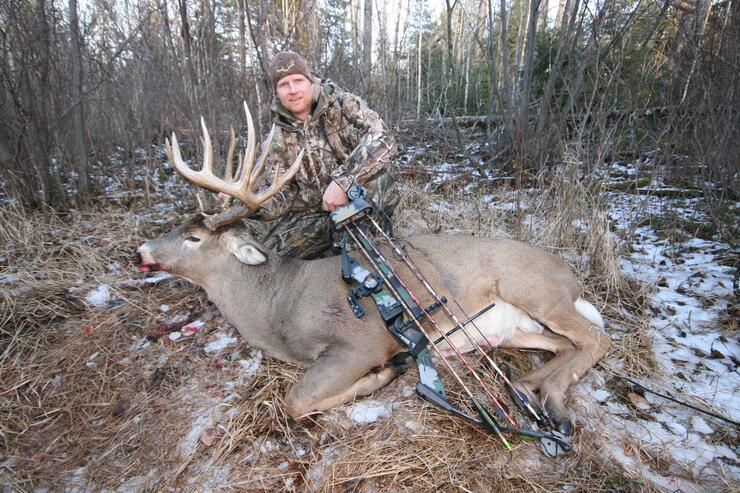
The past decade has seen tougher hunting than we had from 2000-2010, but there is good reason for deer hunters to remain optimistic for the future. The past couple of winters have been decent for the deer. It’s truly amazing that these animals can survive through the brutal winters that we get but they do. The big killer is deep snow which simply makes it tough for them to move around and then to get at the lichen growing on rocks that they rely on for food. Over the years when we would make our first snowmobile trip out on the lake, usually around Christmas time, any wolf-killed deer that we would find on the ice would always be bucks. It makes sense because they are worn out from the rut and they smell the strongest, making them easier for the wolves to find and chase down. Having an easy start to the winter certainly helps the recovery from the rut.
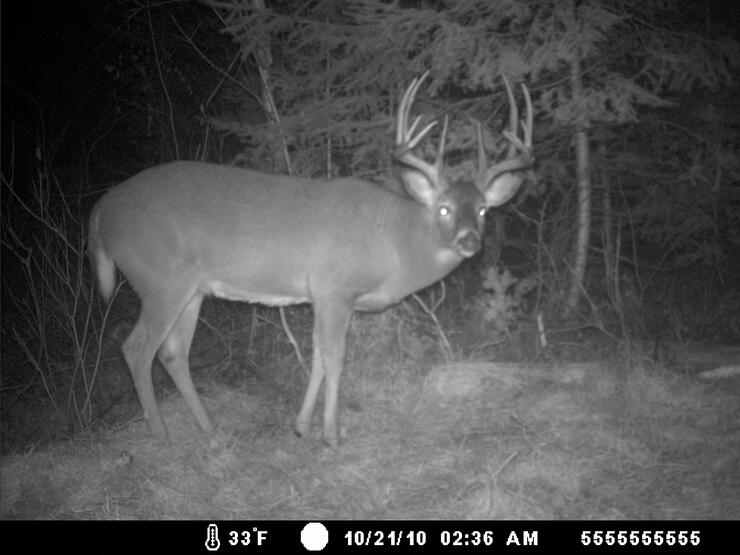
I didn’t do any guiding this year and didn’t spend as much time in the woods as I usually do but on three or four spots that I set up and had cameras on, I captured photos of decent bucks, which have me really excited for next year.

In talking with several of my friends, some who guide, some who are just hardcore deer hunters, the consensus remains the same. There are pockets where the deer numbers are really good and some areas that have historically been good but have still not recovered. It takes a little bit of scouting around but when you get into an area with good deer numbers, you will find their sign quickly. If there is no sign, you probably want to keep moving and looking around.

The advantages of deer hunting in Sunset Country
As far as hunting tactics, I think one of the reasons that Sunset Country was such a popular destination was that you could hunt in a variety of ways. We are permitted to bait for whitetails so many of the guides and outfitters put out bait to help improve the opportunity for their guests. It helps for sure but it’s expensive, it’s a lot of work to keep up and bait certainly doesn’t make it a slam dunk to harvest a trophy buck.
Tracking in the big woods is a great way to spend the day if you are up for a good hike. Just remember to bring a GPS and a compass so you don’t get lost. We typically get some snow in early November, making tracking and sneaking around possible.
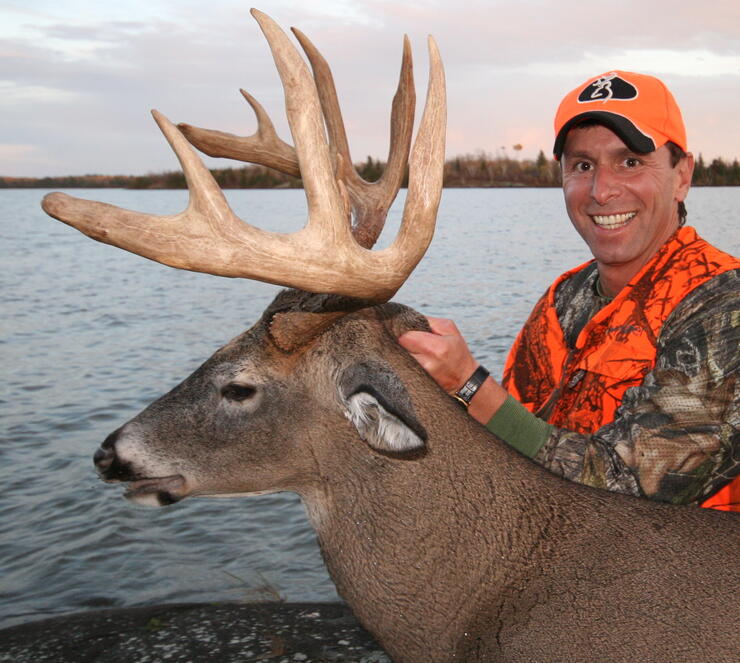
Simply still hunting on the plentiful ridges remains a great tactic, where you walk and sit for a while when you find a good lookout, then walk some more, maybe mixing in a few rattling sessions. Finally, getting in a deer stand near a high-traffic area above a busy trail or around a beaver dam is a great way to hunt if you have the patience to sit all day.
If you have hunted Sunset Country in the past or have never experienced our big woods adventures we invite you to visit our region for your deer hunt this coming year. Lodges around the region cater to all types of hunters depending on if you want a fully guided, American-plan hunt or if you just need a place to stay and want to do it yourself. The opportunity to hunt unpressured deer remains an option here and the region has proven it has the genetics to grow trophy bucks.
Recommended Articles

Becoming a Trapper
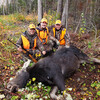
Techniques for an Ontario Moose Hunt
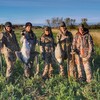
A Beginner's Guide to Hunting in Ontario

Cooking Wild Game: Venison Kofta Kebabs
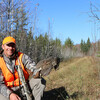
Grouse Hunting in Sunset Country
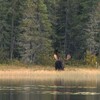
Moose Hunting in Ontario
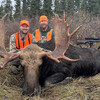
Remote Shoreline Moose Hunting
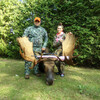
Ontario's Largest Moose by a Female
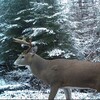
Trophy Deer Hunts in Thunder Bay
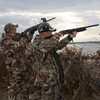
Prince Edward Divers
Big Ontario Bull Moose at 8 Yards
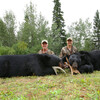
A Bear Hunt That Keeps You Coming Back
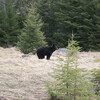
Bear Hunt Experience
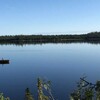
Brace Lake Outfitters
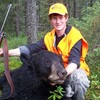
Blueberry Bruin

Wild Game Venison for the Home Smoker
